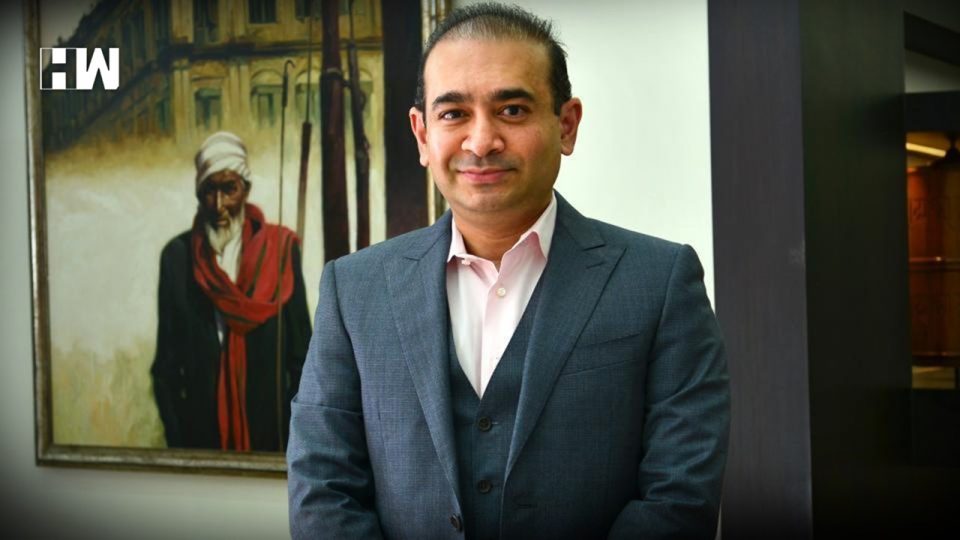The primary reason for frauds was cheating and forgery and then came frauds due to misappropriation and criminal breach of trust
Mumbai: It was in August 2019, that the Reserve Bank revealed in its Annual Report that there was a 73% rise in bank frauds in FY 2019. They jumped from Rs.41167 crores in FY 2018 to Rs.71543 crores in FY 2019. In terms of the number of fraud cases too, there was a 15% increase in cases from 5916 in FY 2018 to 6801 in FY 2019. The maximum frauds expectedly took place in public sector banks, at 90.2% thereof, with those in the private sector banks at 7.7% of the total. Foreign banks incidentally witnessed a dip in fraud.
The maximum frauds took place in loans and advances given by banks, with those involving card frauds and deposit frauds being a mere 0.3% thereof. Frauds involving sums of Rs.50 crores and above constituted just about 1% of the cases, but the amount involved in them was more than 75% of the total amount. Thus fraud involving sums of less than Rs.100,000 constituted a mere 0.1% of the total amount. Interestingly, while it took an average of 22 months for banks to detect fraud, it was 55 months in the case of frauds exceeding Rs.100 crores. The primary reason for frauds was cheating and forgery and then came frauds due to misappropriation and criminal breach of trust.
A base analysis of these figures and trend reveals a disturbing state of affairs of banks in India:-
- PSB’s are where the problem lies. Many of them are bankrupt and depend on government support for their survival and revival and are ridden with giant frauds and wilful defaults, but they are yet to learn their lessons from the fraud cases of Nirav Mody, Winsome Diamonds, Sterling Biotech, etc. It only indicates a continuation of political/bureaucratic meddling in banks, poor surveillance, and vigilance, incompetence, poor systems of risk and control and the most important collusion and corruption.
- The fact that frauds involving sums exceeding Rs.50 crores constitute a mere 1% of cases, but involve 75% of the amount indicates that crony capitalism continues in India and that despite being unworthy and ineligible, if you are well connected to the powers that be, you will get huge bank loans and you can also defraud/default with impunity.
- The maximum loss by way of fraud occurs in big loans given to big borrowers. These big accounts are handled, approved and monitored by senior bankers. The big ones are the big looters, which is not done alone. Frauds in big-ticket accounts clearly mean failure of senior bankers, whether by way of incompetence, negligence, corruption or collusion. It also shows the utter failure of surveillance on their part.
- The time taken to detect fraud by banks is too long. The average time being 22 months reflects poor surveillance, vigilance, and detection and certainly reflects likely collusion/corruption in large cases where the average detection period is 55 months.
- The primary cause of bank fraud is cheating and forgery. In other words, fraudsters manage to fool bankers and their legal/accounting/valuation experts. At a time when there is huge information available to banks in public domain, whether at the ROC, GST, IT, customs, banking transaction, property ownership, foreign exchange transactions, and other government databases, it indicates that there is rampant negligence, incompetence, and corruption involved in such cases. It is difficult to understand as to why in an era when data is so easily available in the public domain, can the bankers be fooled by cheating and forgery.
- A mere 0.1% of frauds involve credit/debit/ATM cards, which are under automatic management/surveillance. It only means that machine-driven banking transactions are much safer than those involving banking manpower.
If the rise in bank frauds in FY 2019 involving Rs.71543 crores sounds alarming, then much more alarming is the recent statement of the FM that in the first six months of this FY 2020, the bank frauds have risen to a whopping Rs.95700 crores, involving 5743 incidents, as against a mere 1007 cases in the same period last year. With such kinds of rising frauds and cases like those of the PMC bank staring in our face, the question is whether public deposits are safe with banks. Our answer ironically is that while the biggest of frauds take place in PSBs yet due to implicit sovereign guarantee in PSBs, it is there where the public deposits are the safest, as against those in private sector and cooperative banks, despite the often bankruptcy of PSBs.
As an independent media platform, we do not take advertisements from governments and corporate houses. It is you, our readers, who have supported us on our journey to do honest and unbiased journalism. Please contribute, so that we can continue to do the same in future.

